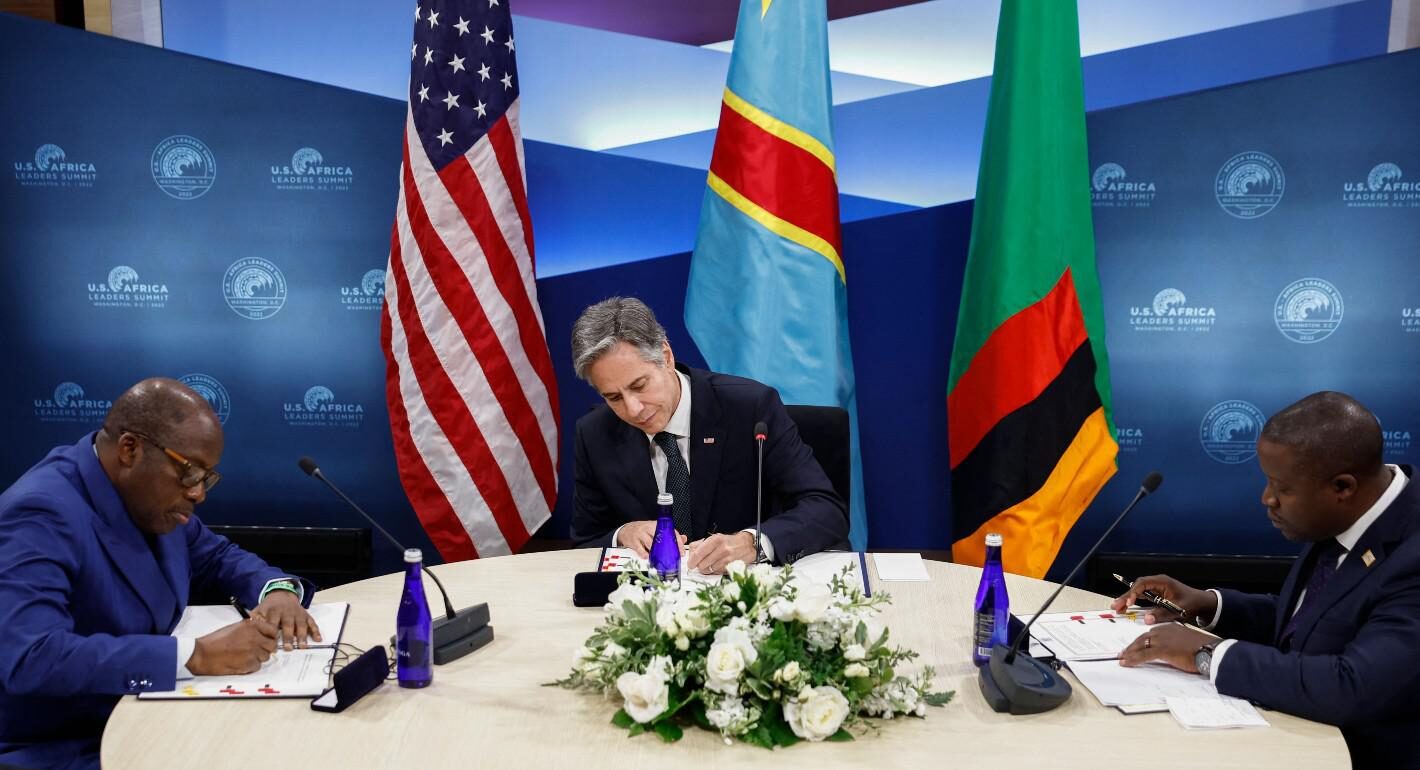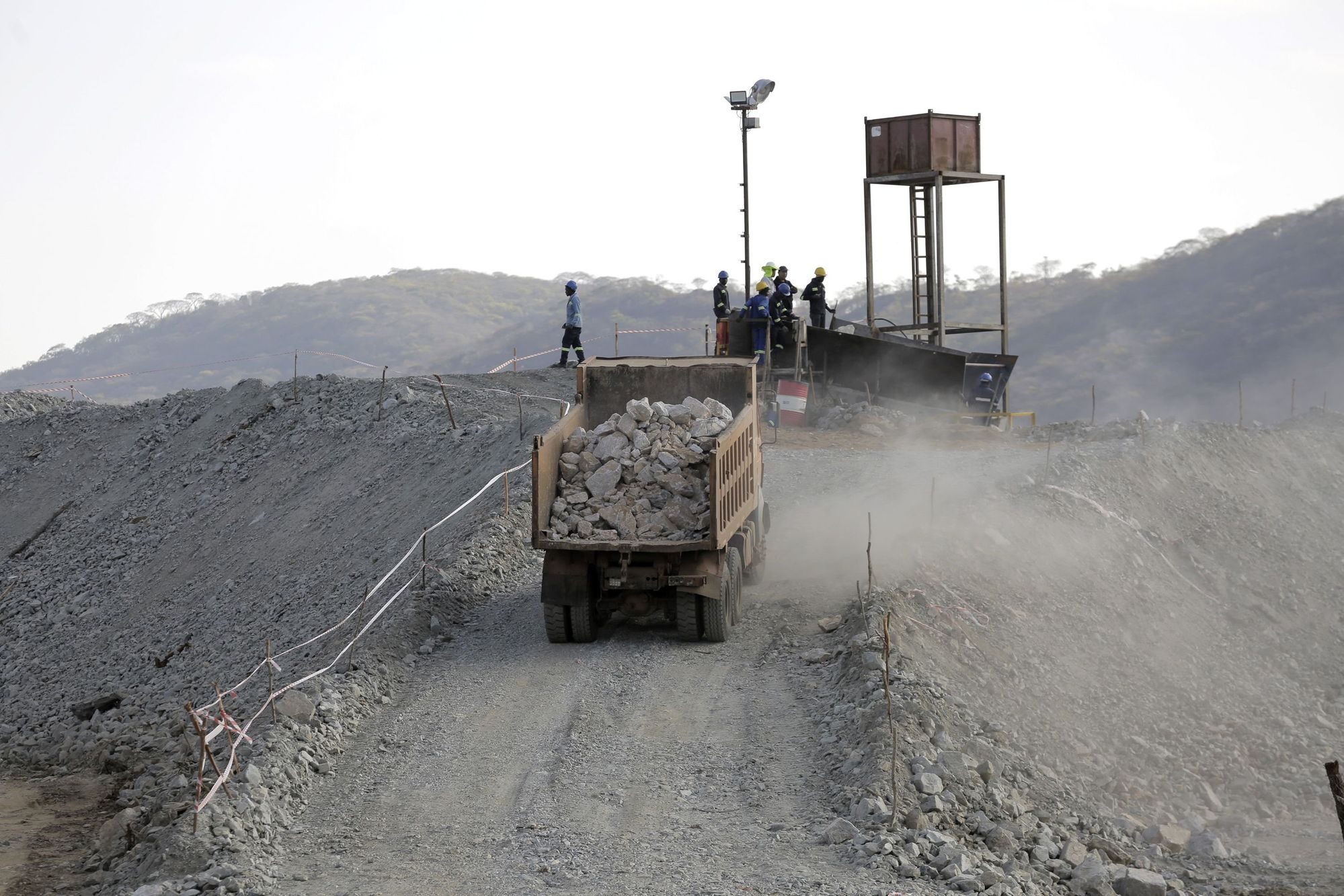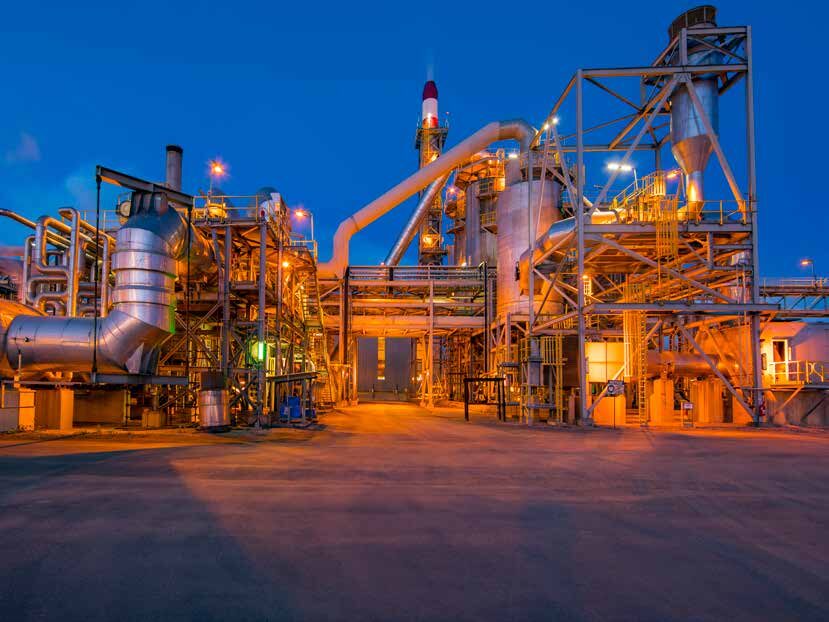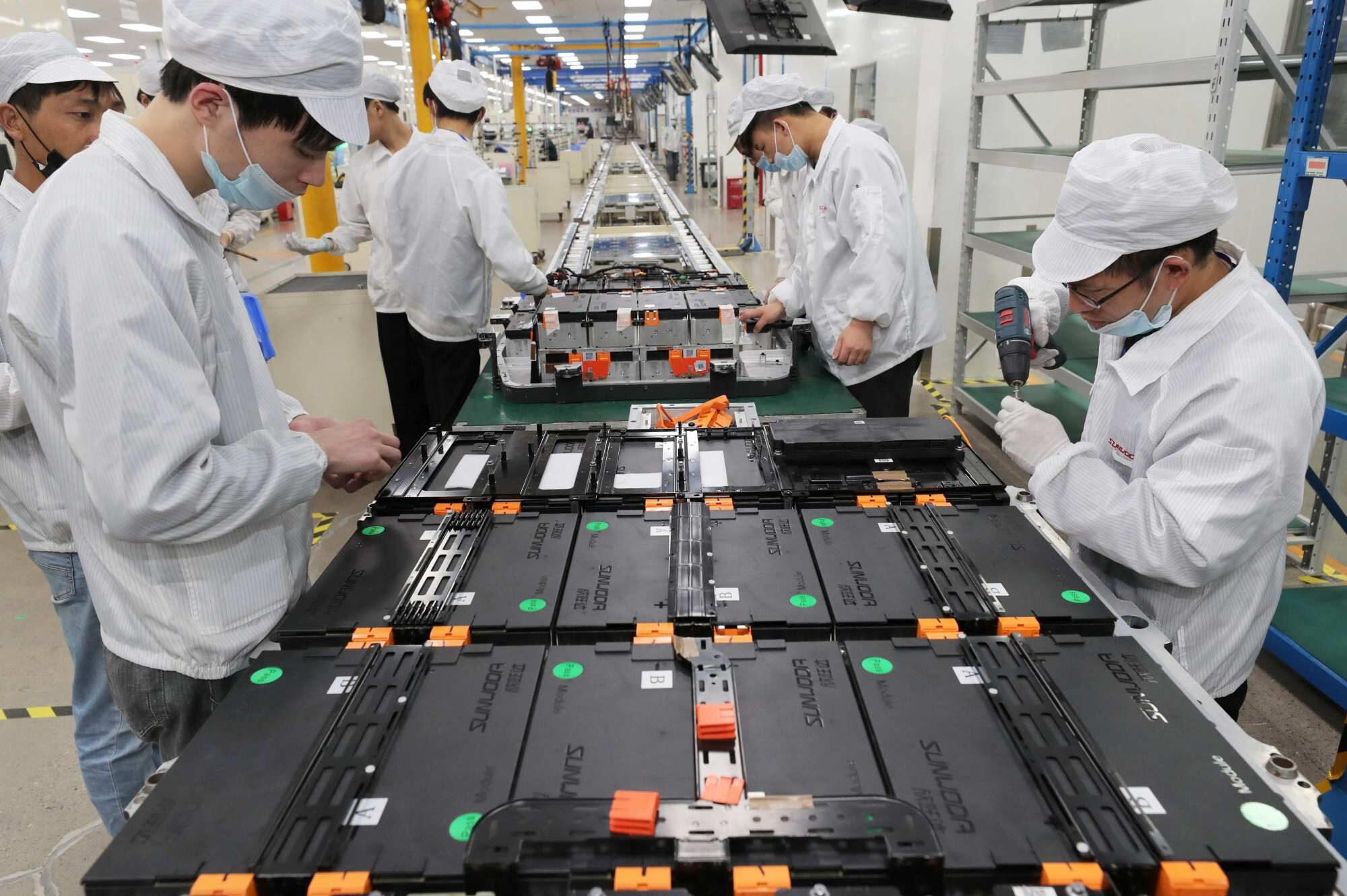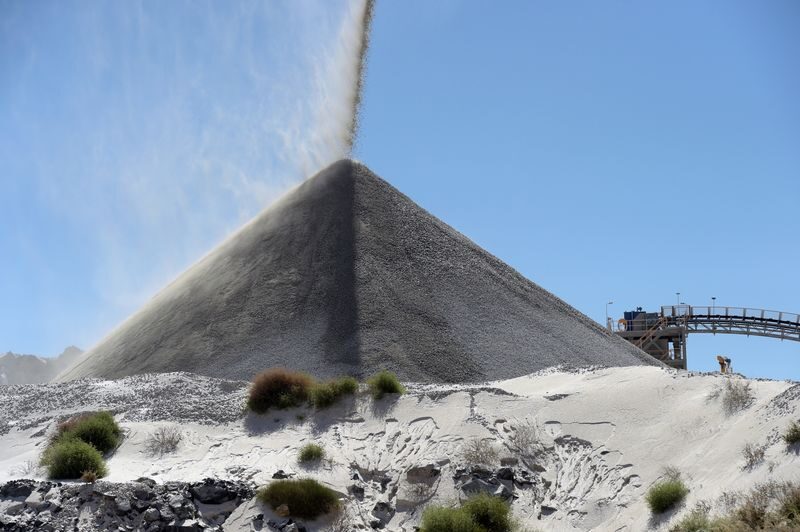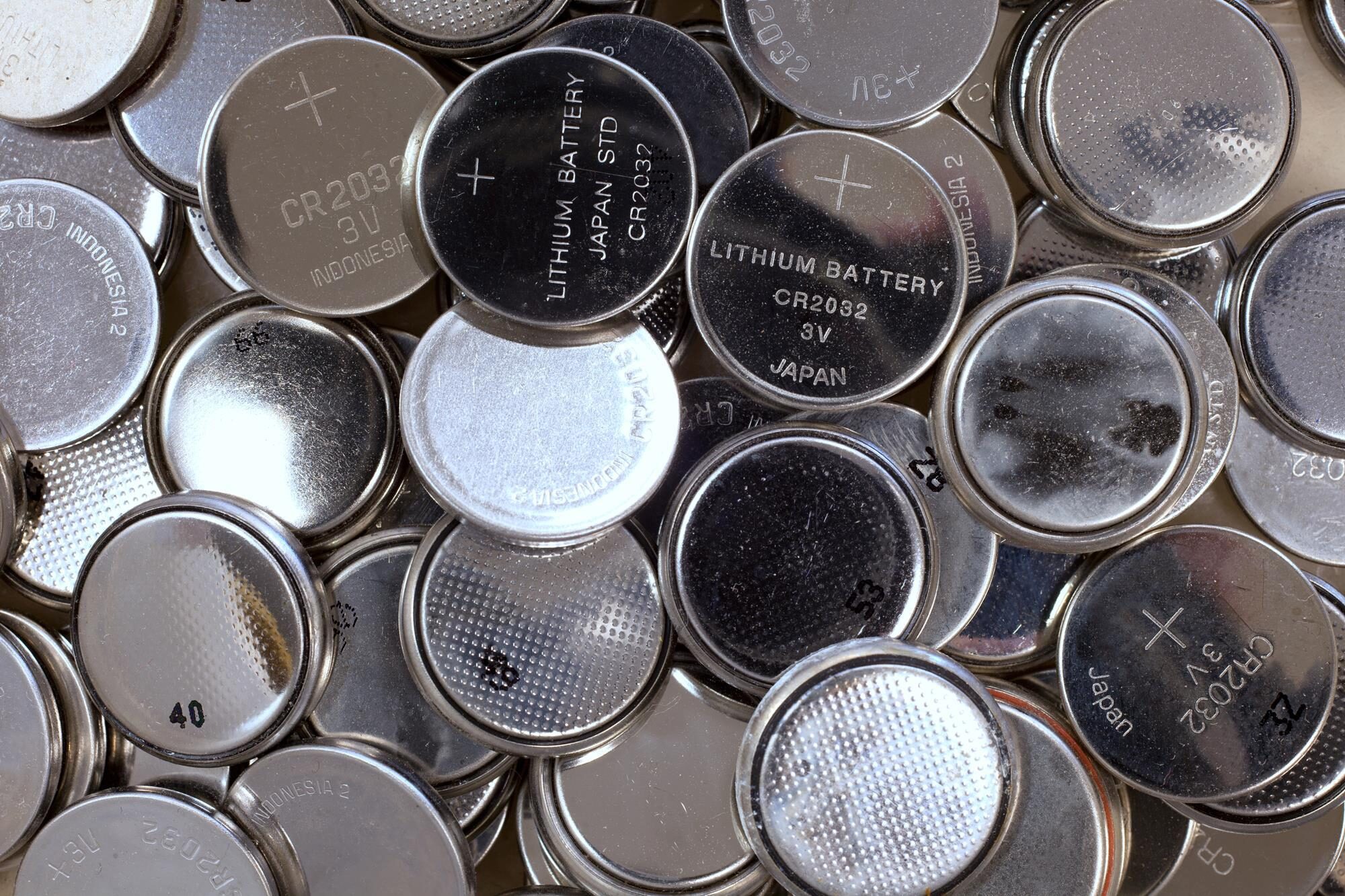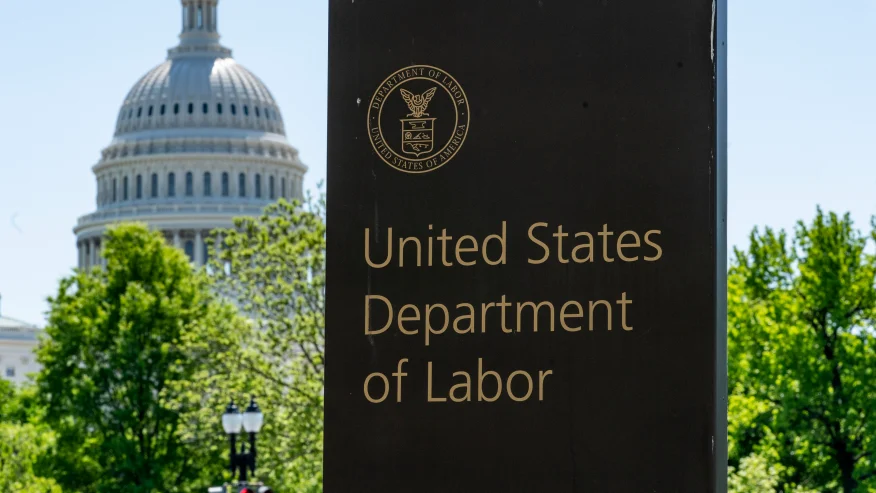What a U.S.-DRC-Zambia Electric Vehicle Batteries Deal Reveals About the New U.S. Approach Toward Africa
The U.S.-DRC-Zambia memorandum of understanding demonstrates how the United States aims to counter China and bolster its clean energy supply chains by deepening ties with African nations. Yet how distinct is the U.S. approach from the Chinese approach to such deals?
In December 2022, at a sideline event during the U.S.-Africa Leaders Summit in Washington, the United States signed a trilateral memorandum of understanding (MOU) with the Democratic Republic of the Congo (DRC) and Zambia for the development of an integrated value chain for the production of electric vehicles (EV) batteries. This MOU aims to develop a complete value chain around EV batteries in the DRC and Zambia—from the extraction of minerals to the assembly line. It also advances U.S. government objectives to secure a value chain for the strategic minerals necessary for the clean technologies that will drive the country’s low-carbon transition. Described by U.S. Secretary of State Antony Blinken as “a truly important initiative for the future,” the MOU reveals much about the Joe Biden administration’s new approach toward the African continent, an approach it characterizes as “strengthening partnerships to meet shared priorities.”
The trilateral MOU comes at a time when U.S.-Africa relations are at a turning point within the context of important geopolitical shifts, including the rise of China as a major economic and political actor. In unpacking the MOU, this article examines the wider geopolitical context of the signing, compares the U.S. approach with the Chinese approach to such deals, and questions how the DRC and Zambia can exercise agency in the MOU’s execution.
The International Energy Agency estimates that manufacturers of clean energy technologies will need forty times more lithium, twenty-five times more graphite, and about twenty times more nickel and cobalt in 2040 than in 2020. Due to this global shortage of critical minerals, Africa—which is home to around 30 percent of the world’s mineral reserves—has become a site of great power competition. The DRC and Zambia, in particular, are among the world’s leading producers of certain critical minerals. The DRC produces close to 70 percent of the world’s cobalt, which is essential for the production of EV batteries (see figure 1). Meanwhile, Zambia is Africa’s second-largest producer of copper, which is used in electrical equipment such as wiring and motors (see figure 2).
In the race involving the United States, China, and European countries, among others, to secure access to the minerals essential to the clean energy transition, China is far ahead in building supply chains for cobalt, rare earth minerals, lithium, and several other essential metals and minerals. China has developed a large presence in minerals supply chains by refining most of the world’s cobalt, copper, lithium, and nickel. Chinese companies have emerged as the major players in the mining sector in the DRC and Zambia, after decades of dominance by Western multinational companies. In the DRC, the Chinese company China Molybdenum controls nearly 80 percent of one of the country’s largest copper and cobalt mines, Tenke Fungurume. Chinese dominance along the entire value chain of strategic minerals worries many in the West, especially in the United States, where the Biden administration is seeking to expand manufacturing and sales of EVs by 2030.
The United States has key vulnerabilities in sourcing critical minerals to meet domestic demand for the transition to a low-carbon economy. The United States is import-reliant (meaning that imports account for more than half of annual consumption) for thirty-one of the thirty-five minerals designated as critical by the U.S. Department of the Interior. Sixteen of those are largely refined in China. Overall, the United States is dependent on China for more than half of its supply of twenty-five minerals, even as some of these minerals are found in abundance in Africa.
The United States is now aiming to address its critical minerals demand by pledging to do mining more responsibly than how China currently does it and how the West has done in the past, by avoiding inflicting harmful impacts on both the environment and local populations. It aims to help transform African economies by leaning into the push for clean energy. The 2023 edition of the annual Mining Indaba, Africa’s largest mining conference, in Cape Town, South Africa, drew the largest and most high-level U.S. delegation ever, including officials from the White House and the Departments of Commerce, Energy, and State. The size and level of this delegation showed the awareness within the U.S. government of the importance of securing access to Africa’s critical minerals.
More broadly, the U.S.-DRC-Zambia MOU was signed to strengthen already existing cooperation between the DRC and Zambia to develop a cross-border integrated value chain for the production of EV batteries. This MOU is in line with the African Green Minerals strategy put forward by the African Development Bank, whose priorities include the establishment of battery and EV value chains, starting with two- and three-wheeled vehicles and commuter buses.
With the MOU, the United States also aims to help meet the economic and industrial needs of the DRC and Zambia. Yet the MOU constitutes a first-step instrument and political signaling tool. Its successful implementation will depend on specific requirements and input from all three countries.
In unpacking the MOU, three themes emerge that illustrate the broader shifts in U.S. relations with African countries, as well as how the U.S. approach compares with the Chinese approach to such relationships.
The public signature of the MOU, along with other trade and investment deals, at the U.S.-Africa summit in December 2022 is part of the U.S. government’s strategy to make its relations with the continent more tangible and aligned with African aims of getting better outputs from these deals in alignment with their governments’ national priorities. The signing happened at a very different time compared to past decades, when the DRC was considered less reputable and battery minerals were not regarded as critical or strategic. In today’s geopolitical environment, in which China has taken the lead in building out critical minerals supply chains in Africa, the United States aims to both catch up with and counter China.
This public MOU signing seems to be adapted from China’s playbook, especially from Chinese agreements on financing and building hard infrastructure projects in Africa. For example, in 2018, China signed MOUs with thirty-seven African countries and the African Union at a Belt and Road Initiative summit, indicating that efforts to bolster cooperation through summits go very far.
MOUs are both soft-law and soft-power tools that open the door for future negotiations and contracts between foreign entities. Most MOUs are less than ten pages, sometimes only a page or two. (The trilateral MOU in this case is five pages.) Thus, signing a MOU makes sense because it allows for due diligence and sourcing of financing to begin without expending resources in legal and accounting procedures that a full-fledged agreement would require; the transaction costs are lower. MOUs are hence used as first-step instruments for the prenegotiation phase of infrastructure and mining contracts and can serve as a framework and basis for further negotiations.
The U.S.-DRC-Zambia MOU is so far a simple expression of the three countries’ interest in working together. The signing does not guarantee its implementation, which depends on many factors that the U.S. government alone cannot entirely control or anticipate. It is a nonbinding agreement that offers flexibility and avoids the rigidity of a legally binding contract. Moreover, it can be undone.
At the bilateral level, both the United States and China have signed several MOUs with the DRC. The U.S. government has signed three MOUs on mining projects with the country’s Ministry of Mines and the Ministry of Employment, Labour, and Social Security in the last decade. One of the MOUs China signed was for the major Sicomines mining deal project, which included two annexes related to infrastructure and mining parts of the deal, in 2007. While not specifying financial commitments, that MOU gave additional details on the negotiations and led to a cooperation agreement—the final stage of a MOU that leads to detailed formal contracts signed by both countries.
At this stage, the value offered by the U.S.-DRC-Zambia MOU seems more political than actionable and can be considered a push for the U.S. government to have deliverables to point to after the conclusion of the U.S.-Africa summit.
While past bilateral U.S.-DRC MOUs were signed by dedicated ministries and were therefore more specific and less public, the U.S.-DRC-Zambia MOU remains vague. The document does not mention concrete engagements or an action plan, as bilateral MOUs usually do. It specifies neither technological input and transfers nor U.S. financial commitments, saying that “all activities pursued under this MOU are subject to the availability of funds.” It stipulates that it is not intended to be legally binding and does not constitute an obligation.
The MOU is a means to position the United States as a contender not only to China but also to European countries that are courting the DRC and other African countries to secure critical minerals. The broad rhetorical style used at this stage is also a means to signal to the respective constituencies in the United States, the DRC, and Zambia that the three governments are getting important things done.
What is distinct about the U.S.-DRC-Zambia MOU is that it marks the first time that an existing bilateral agreement between two African countries transformed into a trilateral initiative involving three parties. Unlike the Chinese approach that largely centers around bilateral deals in the infrastructure and mining sectors, this MOU includes three parties and evolved out of a bilateral agreement.
China makes greater use of government-to-government and less use of government-private sector MOUs. Chinese official entities also issue MOUs at various levels of the Chinese administration (such as the central or provincial levels), while the United States usually involves both the government and the private sector. Yet, in the trilateral MOU, several questions remain open, including whether U.S. firms—known for their deep risk aversion to Africa—are willing to invest in the initiative and whether funds are available.
The U.S.-DRC-Zambia MOU aims to centralize the production of EV batteries in the DRC and Zambia, despite the current trend of mineral extraction happening in Africa but refinement taking place elsewhere. The follow-up negotiations and execution of the MOU will be greatly informed by the extent to which the two African countries can exercise more agency. The countries’ governments seem more aware of this new geopolitical setting, and the ongoing review and renegotiation of cobalt and copper mining deals between China and the DRC have revealed how the DRC government could increase its agency and play a bigger role in negotiating better mining deals. However, with presidential elections looming (in December 2023 in the DRC), it will be crucial to avoid political interference and conflicts of interests in the negotiation process that may hamper the deals.
Whether the DRC and Zambia can increase their technical capacities will determine their strength in the negotiation process and shape how much they can influence the MOU’s execution. An upgrade of technical capabilities can be done by associating the right expertise both from within their respective cabinets and relevant ministries and external expertise to conduct meaningful cost-benefit analyses to determine the value of the minerals and potential revenues as well as the best investment opportunities.
The MOU’s execution will also be shaped by how the Congolese and Zambian governments navigate great power rivalry between the United States and China, and to some extent Europe, while prioritizing their populations’ economic and social interests in the long term.
MOUs feature prominently in Africa-China engagement and are usually preferred by both sides to formal agreements, which the United States and European countries lean on more often. Whether bilateral or trilateral, MOUs provide a framework that can be built upon. This is the case for both the U.S. and Chinese versions.
For the U.S.-DRC-Zambia MOU to be effective, the follow-up policy initiatives and negotiation of the agreement should contain concrete measures, have clear benchmarks, and create an oversight mechanism to assure that the objectives are successfully implemented and move beyond political signaling.

